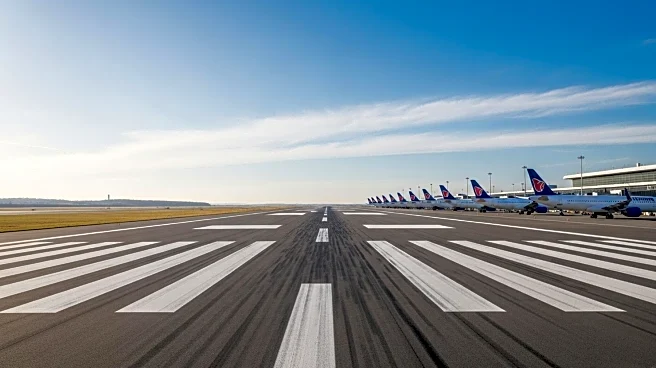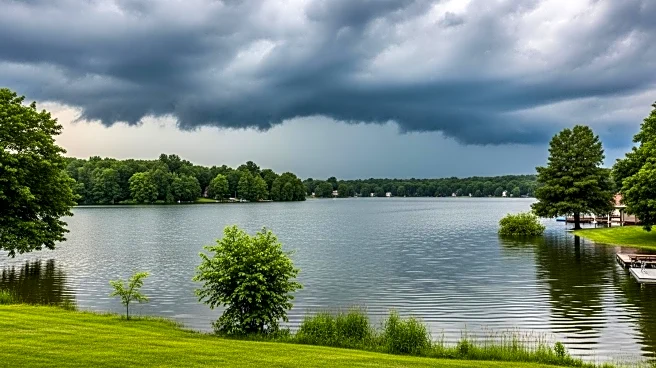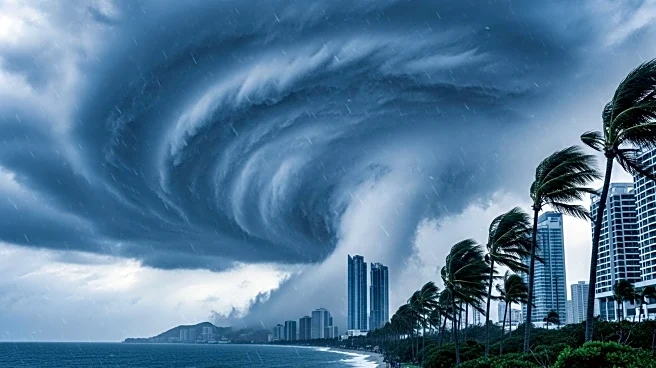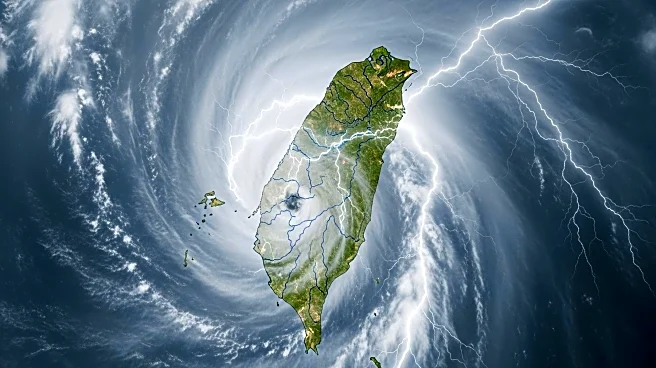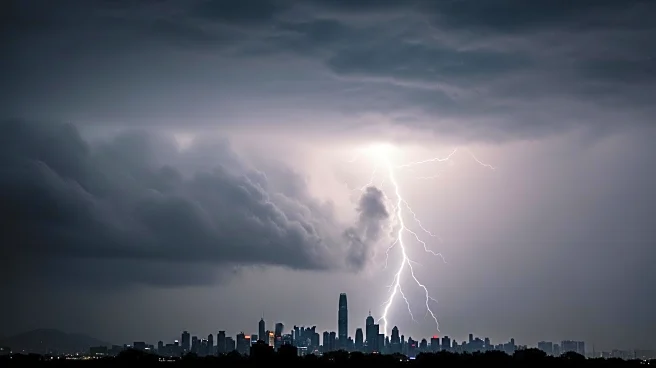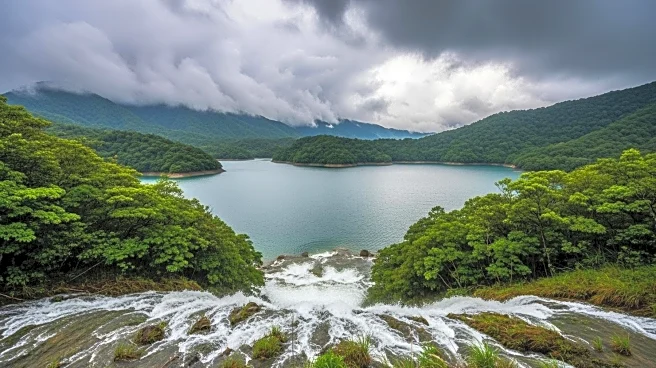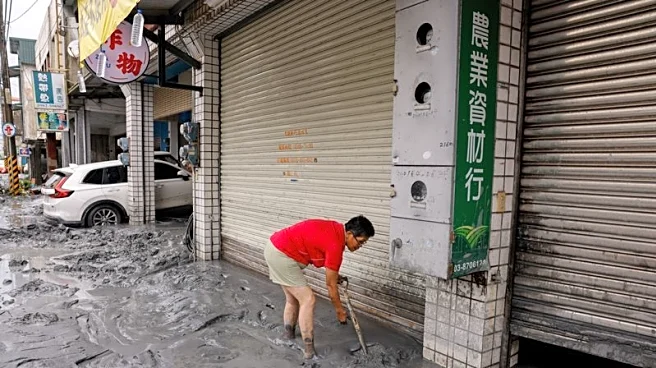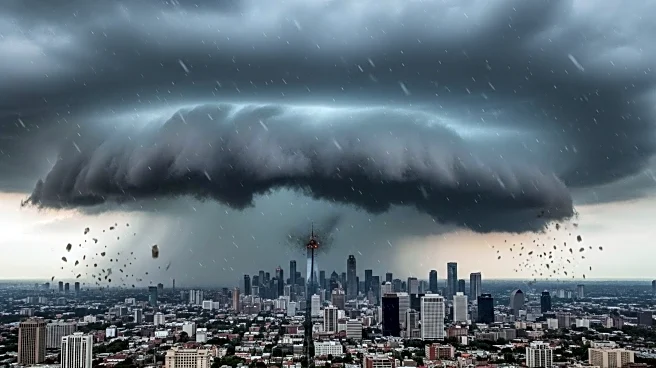What's Happening?
Residents in Taiwan's Guangfu Township have started cleaning up after Super Typhoon Ragasa hit the region, causing significant damage with strong winds and heavy rains. The typhoon led to the overflow of a barrier lake, resulting in a deadly flood that killed at least 14 people. The death toll was revised down from an initial report of 17. The typhoon's impact has left the community grappling with the aftermath, as efforts to restore normalcy and rebuild infrastructure are underway.
Why It's Important?
The devastation caused by Super Typhoon Ragasa highlights the vulnerability of regions to extreme weather events and the importance of disaster preparedness and response. The impact on Taiwan underscores the need for robust infrastructure and emergency management systems to mitigate the effects of natural disasters. The event may prompt discussions on climate change and its role in intensifying weather patterns, influencing policy decisions and international cooperation on environmental issues.
What's Next?
Recovery efforts in Taiwan will focus on rebuilding infrastructure and providing support to affected communities. The government may implement measures to enhance disaster preparedness and resilience against future typhoons. International aid and collaboration could play a role in supporting recovery and addressing broader environmental challenges. The situation may also lead to policy discussions on climate change adaptation and mitigation strategies.
Beyond the Headlines
The typhoon's impact may lead to increased awareness and advocacy for climate change action, highlighting the need for global cooperation in addressing environmental challenges. The event could influence long-term policy shifts towards sustainable development and disaster risk reduction. It may also affect cultural and societal attitudes towards environmental stewardship and resilience.

